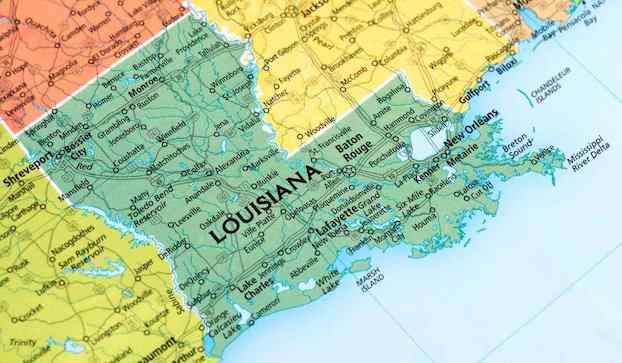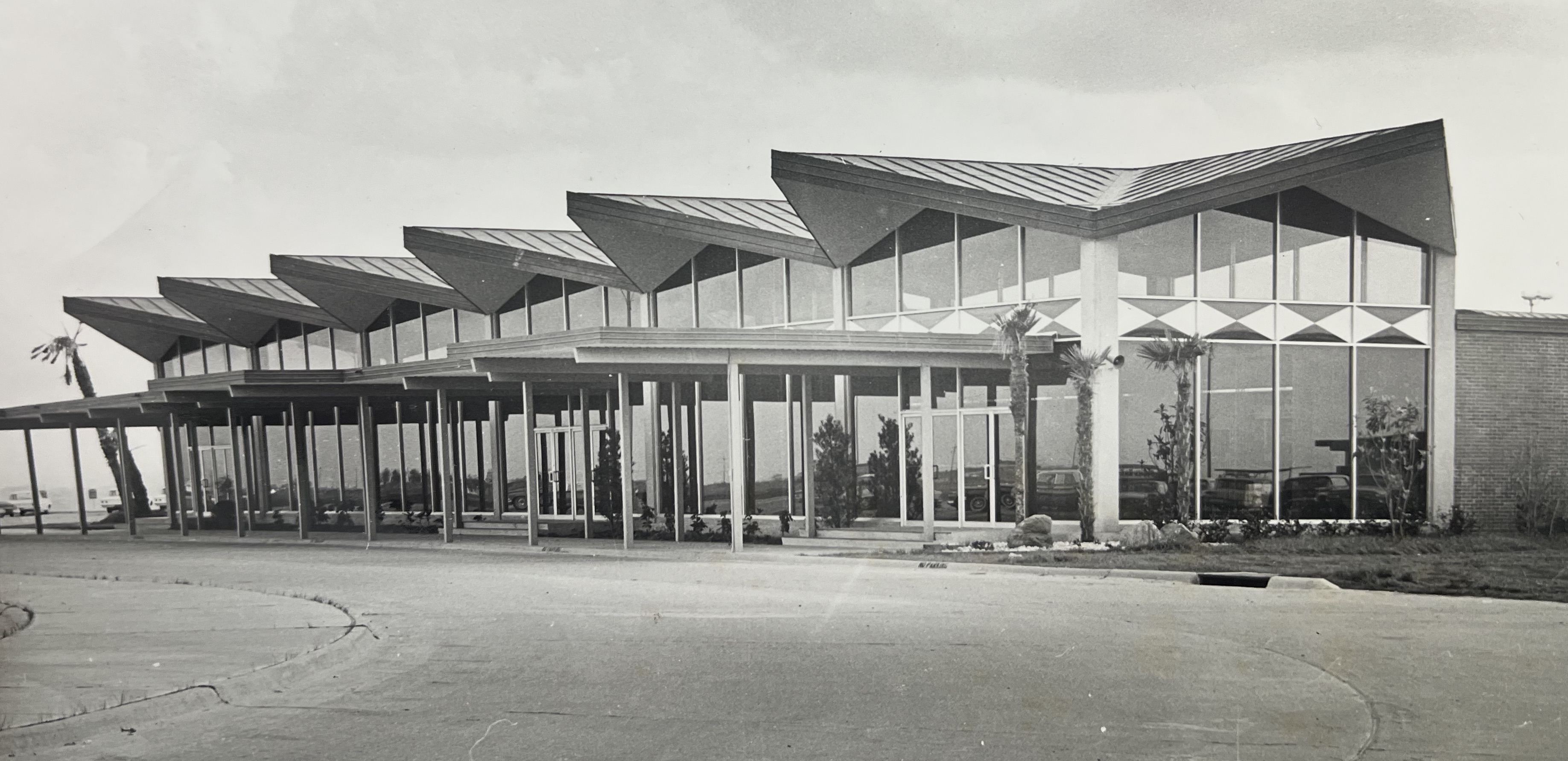Guest column: La. can lead South in carbon capture, storage deployment
Published 10:44 am Monday, August 19, 2024

- (Special to the American Press)
By Chris Barnard
After Louisiana was granted state primacy for carbon capture wells at the end of last year, industry and environmental advocates alike rejoiced at the positive step toward concrete emissions-reducing action.
Class VI wells allow producers to inject carbon dioxide for permanent storage in underground geologic formations, an innovative way to reduce emissions. Yet, deployment and use of these wells have been slowed by miles of red tape in the federal permitting system. Currently, there are more than 100 applications for Class VI wells wasting away at the Environmental Protection Agency.
With state primacy, Louisiana can permit these wells without involvement from the EPA, which will speed up the permitting process. After all, between 2010 and 2023, the EPA only approved six permits for Class VI wells. That pace is abysmal, making emissions reduction goals a complete moonshot. When state primacy was granted in December, Louisiana became only the third state to achieve this feat.
Yet, some in the state Legislature didn’t see this for the victory it was.
Bills from the most recent session of the state Legislature would have once again put barriers in the way of the deployment of Class VI wells, both economic and regulatory. These anti-innovation, pro-regulation efforts would have only hindered Louisiana’s energy industry and economy.
One bill, for example, proposed authorizing a property tax on stored carbon dioxide, unnecessarily burdening industry players who are taking steps toward more environmentally friendly practices. Other bills arbitrarily chose locations where Class VI wells cannot be permitted, limiting the impact that this technology can have on our emissions-reduction goals. A particularly ruinous bill suggested enacting a 10-year moratorium affecting projects that represent more than $16 billion in investment.
Fortunately, it was not all bad news from the legislative session. Chiefly, none of these bills became law before the state legislative session ended. Additionally, the Legislature passed HB966, which later earned Governor Landry’s signature, to allow for the “unitization” of land designated for carbon capture projects. By consolidating land into easier-to-permit “units,” Louisiana can take advantage of winning state primacy on the issue and deploy CCS projects faster.
Carbon capture and storage has proven itself to be a safe technology in the United States for the past 50 years. In energy production and heavy industry, this practice will be integral to any emissions reduction efforts. Importantly, it does not require us to sacrifice American manufacturing or economic prosperity in the process. Notably, carbon capture and storage has the potential to create and support nearly 5,000 jobs and could generate up to $13.7 billion in private investment in the state of Louisiana alone.
Penalizing the use of innovative technology will hinder the energy industry throughout the state. Louisiana relies almost entirely on fossil fuels to generate energy, so making this energy production cleaner will make us more competitive on the global energy stage. By capturing carbon dioxide from energy production and safely storing it permanently, Louisiana can establish itself as a leader in increasingly clean energy production, without sacrificing reliability and energy abundance throughout the state. Storing emissions from heavy industry, as well, has the potential to make a real dent in our emissions reduction goals.
Efforts to stonewall this development, after the victory of state primacy last year, are misguided. The next state legislative session must not be ruled by anti-CCS forces and instead embrace a pro-industry approach that unleashes Louisiana innovation and global competitiveness.
Chris Barnard is American Conservation Coalition Action president





